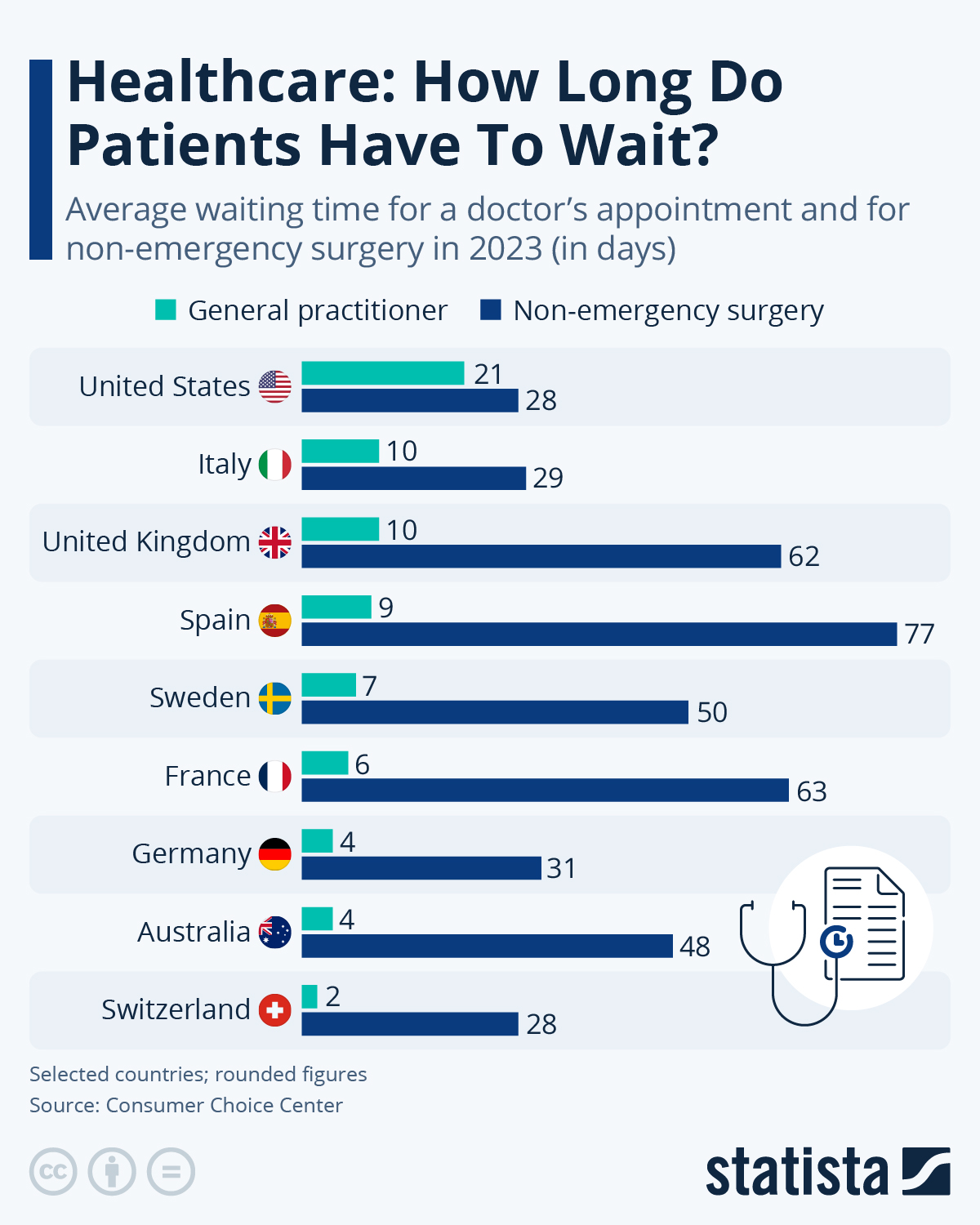
09 May 2025
China has intensified efforts to build a self-reliant semiconductor ecosystem as geopolitical tensions escalate and the world grapples with Trump’s tariffs and a potential new wave of U.S. export bans. China has dramatically accelerated its domestic semiconductor production and is expected to continue with this trajectory for the next few years. China’s chip production hit new records in 2023, with domestic facilities ramping up output to fill supply gaps. While the global chip market grapples with trade fragmentation. China’s state-backed investments in AI chips and lithography tools aim to break its tech dependence on the West, blunting the impact of U.S. export bans.
![]()

There are many variations of passages of Lorem Ipsum available, but the majority have suffered alteration in some form
URL TO BE USED AS REFERENCE LINK:
Placeholder content for this accordion, which is intended to demonstrate the .accordion-flush class. This is the first item's
accordion body.
Placeholder content for this accordion, which is intended to demonstrate the .accordion-flush class. This is the second item's
accordion body. Let's imagine this being filled with some actual content.
Placeholder content for this accordion, which is intended to demonstrate the .accordion-flush class. This is the third
item's accordion body. Nothing more exciting happening here in terms of content, but just filling up the space to make it look, at least at
first glance, a bit more representative of how this would look in a real-world application.
Do you still any question?
Feel free to contact us anytime using our contact form or visit our FAQ page.
Your contact to the Infographics Newsroom
